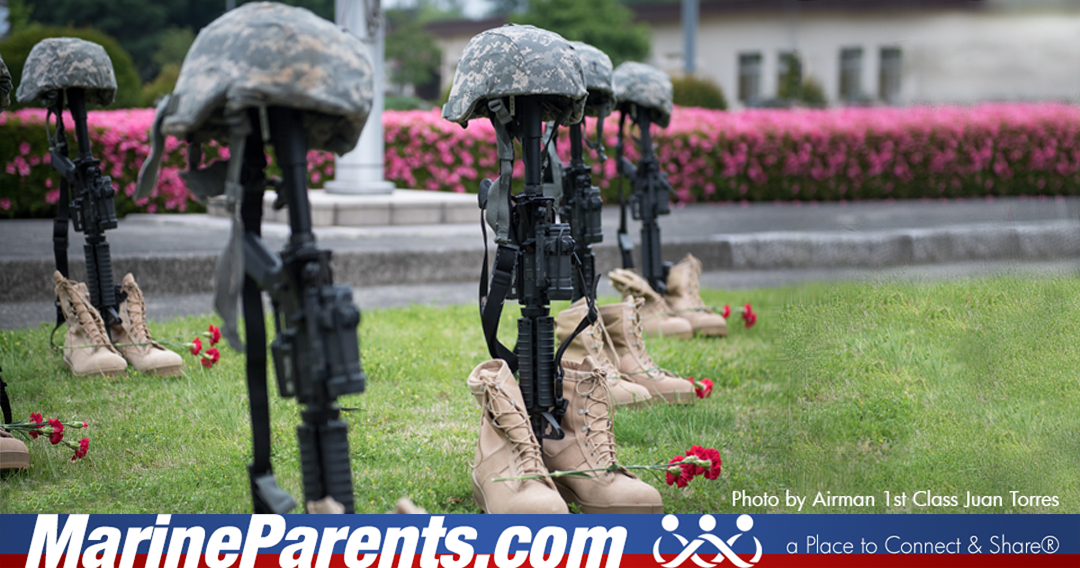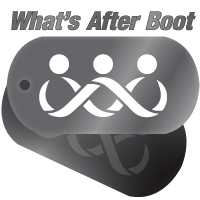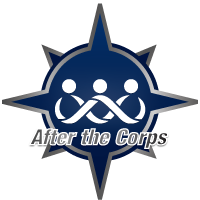Battlefield Cross History

The first appearance of the "battlefield cross" is not a known fact. Some believe it may have been during the Civil War where it may have been used to signify the location of a dead soldier to be collected and buried during which time they would call a temporary truce.
During earlier wars, the configuration for the battlefield cross was a downward pointing rifle with a helmet perched on the stock. This image became more prevalent during World War I and II. It continued as a marker for the dead for the Graves Registration Personnel to remove the body for burial. It also started to become more of a memorial and a chance for their comrades to mourn and say goodbye.
During the Korean War, the battlefield cross took on even more significance when America's fallen heroes were taken to a staging site as they were prepared to return to the states. The battlefield cross provided closure for the fallen soldier’s comrades.
Starting with the Gulf War in 1991, the battlefield cross evolved. The latest version includes a rifle, helmet, boots, and dog tags. The meanings of each component seem to vary with the consensus that the downward facing rifle means the servicemember was killed in action; the boots signify the servicemember's final march to battle; the dog tags symbolize "never to be forgotten."
Information above page sourced from americanhistory.si.edu.
During the Afghanistan and Iraq wars from 2001-2021, the battlecross was use widely throughout the battlefields for fallen heroes. It was used in ceremonies by Marine Corps units upon homecoming from combat zones to honor the fallen heroes in unit ceremonies. Family member of fallen heroes were often invited to attend the ceremonies.
You can purchase a battlecross lapel pin from the EGA Shop, owned by MarineParents.com, Inc. by clicking this link.




